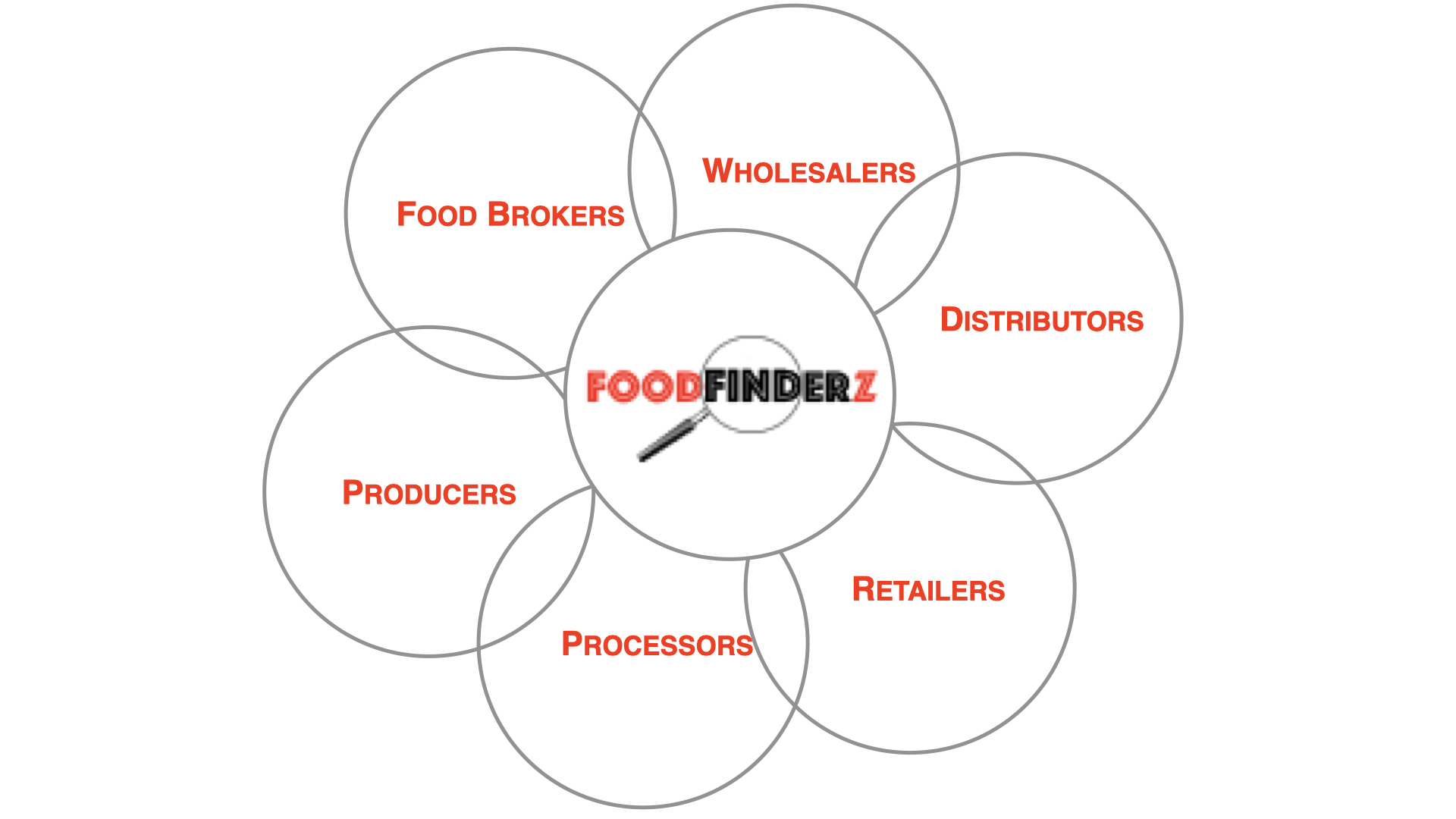NAVIGATING THE TRADE
THE GLOBAL FOOD TRADE MARKET
Understanding the Dynamics and Processes
The global food trade plays a vital role in meeting the diverse culinary needs of people worldwide. From staple commodities to specialty ingredients, the international trade of food products is a complex and interconnected web of procurement, financing, and shipping. In this blog post, we will delve into the fascinating world of global food trade, exploring what is predominantly traded, how procurement works, the mechanisms of financing, and the intricacies of shipping.

